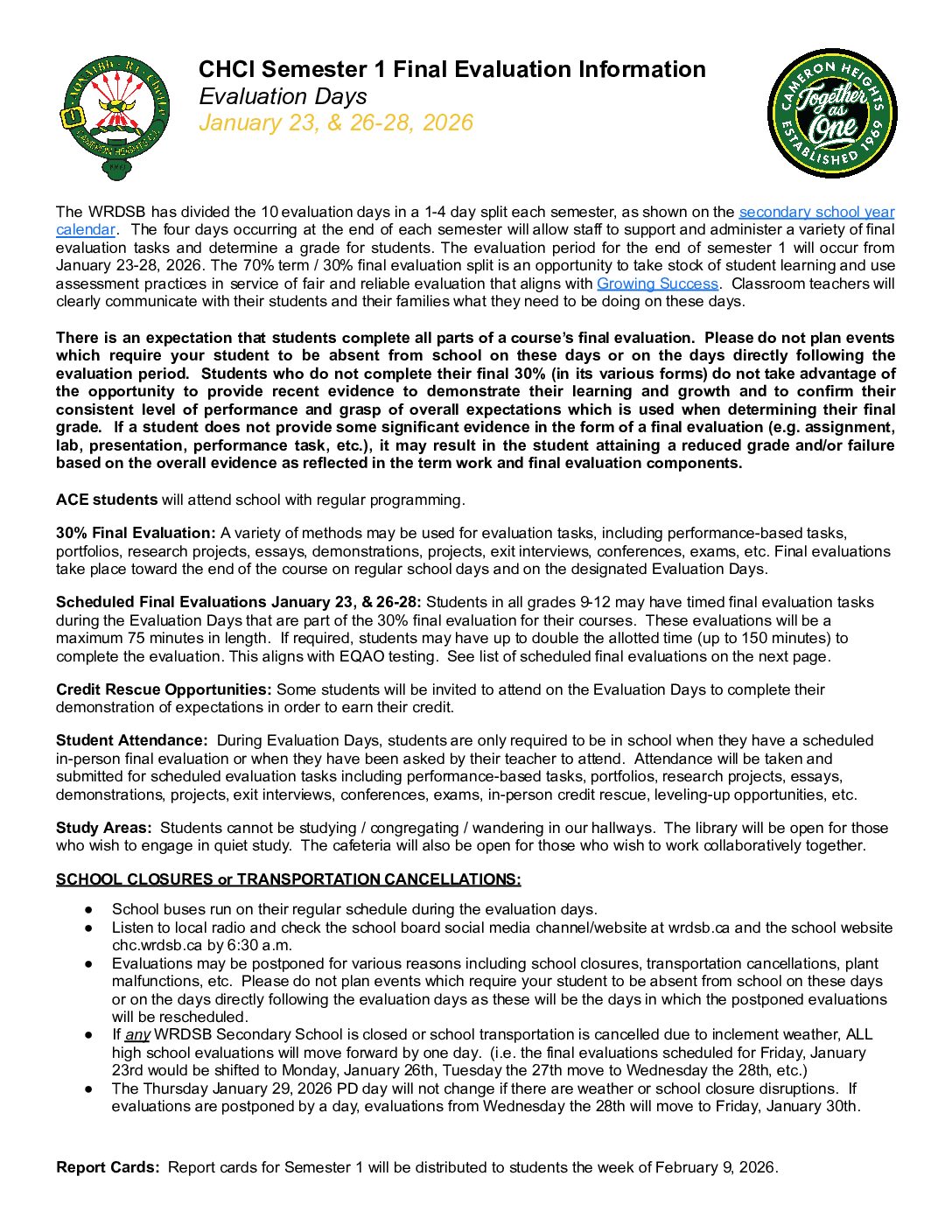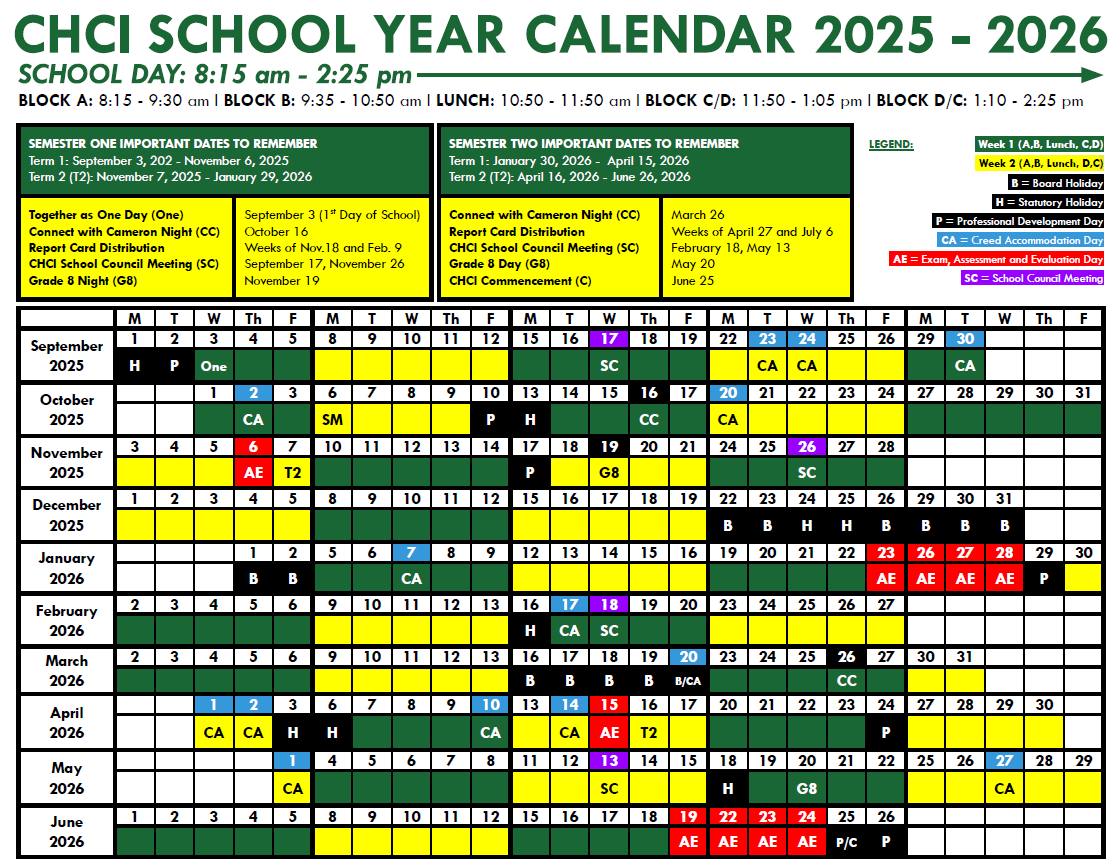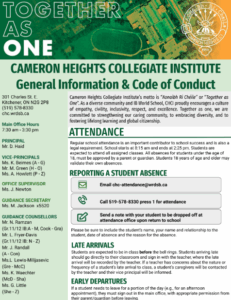June 11th, 2024
By Kyo Lee, Grade 11 student in the WRDSB
Ashish, Anupam, Saumya, Ojaswi, and Shreeya are students from Cameron Heights Collegiate Institute (CHCI) and the creators of ReAlign, an app that diagnoses and treats amblyopia, commonly known as “lazy eye.”
The app is designed to provide early diagnosis and treatment for kids in Grades 1 through 3, with a focus on “gamification, personalization and accessibility.” It is centered around two components: diagnosis and treatment exercises, which are catered to the user’s age and activity preference.
ReAlign won various awards at the 2023 Canada-wide Science Fair and in March 2024, it won first place at the South by Southwest (SXSW) EDU Student Impact Challenge. This is an international conference held in Texas and has been the start of a variety of innovative projects.

ReAlign’s lead organizer, Ashish, says that the project was inspired by his brother Anupam’s experiences with amblyopia
“My brother was diagnosed at the end of elementary school,” said Ashish. “Treatment didn’t have much of a beneficial effect on him.”
Amblyopia is a type of neurodevelopmental disorder that affects 1 in every 20 people. Recognizing that treatment typically has the most significant impact on younger children, ReAlign is designed to diagnose and treat kids in Grades 1 to 3 through engaging activities.

Ashish has been interested in research for a long time.
“It’s easy to find problems in the community,” he said, and “finding solutions is a rewarding experience.”
Ashish was introduced to science fairs by his teacher in Grade 8: “I wouldn’t have been exposed to all these opportunities [without] something giving me the first stepping stone.”
He appreciates many supportive people in the school community and everyone who completed beta testing for ReAlign’s diagnosis component, which helped it reach 93.3% effectiveness. Once the treatment activities are completed, ReAlign will become public and Ashish hopes to begin where it all started, by “releasing it to WRDSB students.”
After all the team’s hard work, winning the SXSW Challenge was rewarding. Ashish says that “winning opened up new opportunities and helped us get recognized on a global stage.” It helped ReAlign receive funding, and Ashish was invited to serve on the board of the American Medical Student Association.
However, the project is not complete. Ashish sees a future in extending ReAlign’s research in vision care to the neurodevelopmental sector.
“Initially, everyone thought that this project was all related to the eye and didn’t connect it to…how the brain has a bigger impact on it,” he said.
From their research with the University of Chicago, the team learned that amblyopia was largely related to neuroplasticity and neuromodulation (in other words, how the brain adapts and changes due to experience and the alteration of nerve activity).
“We’re looking into…treating other neurodivergence [conditions] such as anxiety or ADHD, which are all interconnected with the idea of how moldable the brain is.” Ashish looks forward to continuing to do research in fields “where you can really help someone at a young age.”
For students involved in research projects of their own, Ashish’s advice is straightforward: “[Take] the first step…once you do, so many more opportunities will open up.” If you have a great idea but you’re hesitant to start, remember that “a lot of people are willing to connect and network with you.” Whether it be contacting a professional or gathering a team, “take [your] ideas and make them into something real.”
#StudentVoice Series
This article is written by a WRDSB student and is part of the Student Agency and Voice program. Student journalists embody WRDSB’s commitment to creating space for students to tell their stories. They are ambassadors for their peers as they share their personal experiences and stories about their schools and communities in their unique voices.



